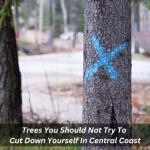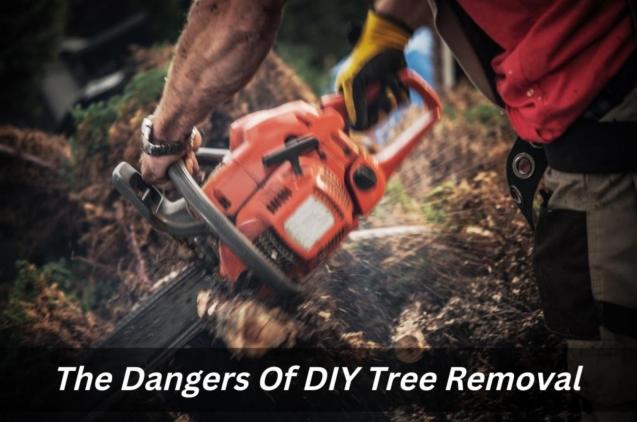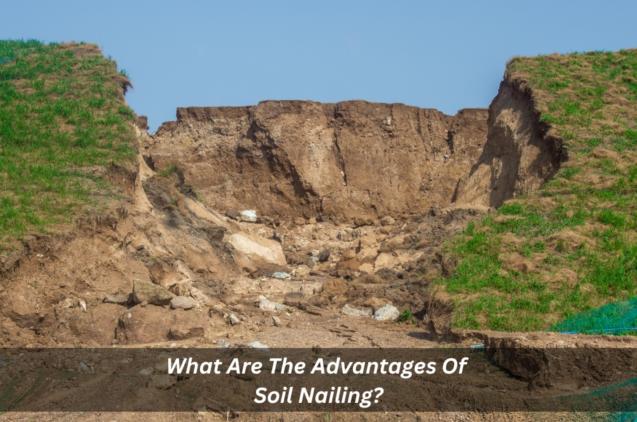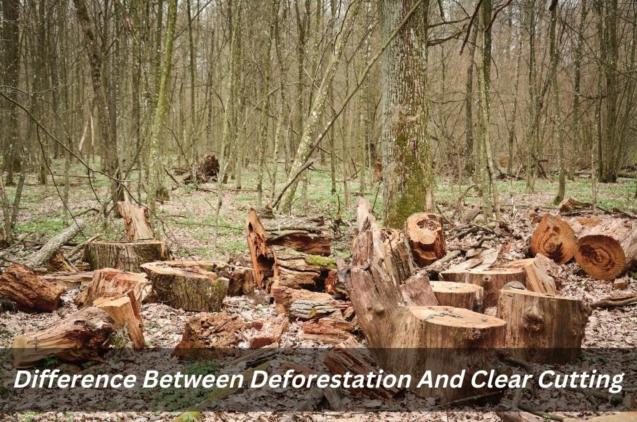The Central Coast in New South Wales is known for its beautiful landscapes and natural surroundings. However, as a property owner, you may face challenges when it comes to managing trees on your land.
You might think that cutting down a tree is simple for tree removal experts. There are actually
regulations and legal requirements that you need to adhere to. In this blog, we'll take a closer look at some trees you should not try to cut down yourself on the Central Coast, and the regulations surrounding their removal.
The Central Coast Council has a list of regulated trees that require a council permit before they can be removed. The list includes both native and non-native trees, and the council has specific guidelines for the removal of each species. If you have a regulated tree on your property, it's important to seek advice from the council to ensure that you are meeting the necessary regulations.
Trees that are growing close to power lines can be dangerous and can cause disruptions to the power supply. Removing these trees requires special skills and equipment to avoid injury and damage to the power lines. In many cases, a tree lopper will need to be used, and you'll need to contact your power provider to arrange for the power to be temporarily disconnected while the tree is removed.
- Trees near adjacent properties
If a tree on your property is growing near the boundary with an adjacent property, it's important to consider the impact of its removal on your neighbour's land. You'll need to ensure that you have lawful authority to remove the tree and that you are not causing damage to your neighbour's property.
If the tree is located on council land, you'll need to seek permission from the council before you can remove it. This is to ensure that the removal is done in a way that is safe for the public and the environment.
- Trees in land management agreements
If you have a land management agreement in place, it's important to check whether there are any restrictions on tree removal. These agreements are designed to protect the natural environment and may prohibit the removal of certain trees.
In addition to these regulations, there are also legal requirements around tree removal, including the need for development approval or a council permit, depending on the circumstances. There are also additional tree protection orders, and you may face legal action if you fail to comply with these orders.
Attempting to remove a tree yourself without seeking proper advice and following the necessary regulations can lead to thousands of dollars in fines and legal fees. It's always advisable to seek professional advice from a reputable tree service company before taking any action.
ConclusionIn conclusion, the
experts on tree removal in Central Coast are doing a complicated process. There are many factors they have to consider before taking action. It's important to be aware of the regulations and legal requirements surrounding tree removal and to seek advice in relation to tree disputes or tree maintenance. With the right advice, you can ensure that you are meeting all of the necessary requirements while also maintaining the beauty of your property's surroundings.




